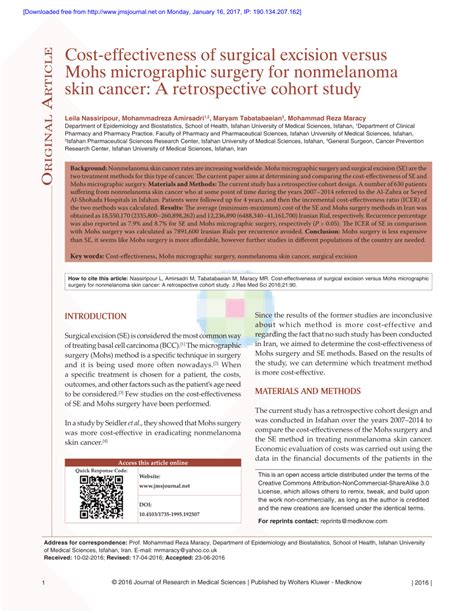Surgical Excision of Skin Tags: A Cost Analysis
Skin tags, those small, benign skin growths, are a common cosmetic concern. While often harmless, many people opt for surgical excision to remove them for aesthetic reasons or due to irritation. Understanding the cost of surgical excision is crucial for budgeting and choosing the best treatment option. This comprehensive guide explores the various factors influencing the price of skin tag removal through surgical excision.
What is Surgical Excision of Skin Tags?
Surgical excision is a straightforward procedure where a skin tag is completely removed with a scalpel or other surgical instrument. A local anesthetic is typically used to numb the area, minimizing discomfort. The excised tag is then sent for pathological examination to confirm its benign nature, a standard precaution. This method ensures complete removal and minimizes the chance of recurrence.
Factors Affecting the Cost of Skin Tag Excision
Several factors significantly influence the total cost of surgically removing skin tags:
1. Number of Skin Tags:
The most significant factor is the number of skin tags needing removal. Each tag requires its own procedure, directly impacting the overall cost. Removing multiple tags will naturally be more expensive than removing a single one.
2. Size and Location of Skin Tags:
Larger skin tags require more time and effort to excise, increasing the cost. The location of the tag can also play a role; tags in difficult-to-reach areas might necessitate a more complex procedure and thus a higher fee.
3. Physician's Fees:
Dermatologists and other qualified medical professionals charge varying fees based on their experience, location, and practice overhead. Costs vary widely depending on the practitioner and their geographic location. It's crucial to inquire about fees upfront.
4. Anesthesia Costs:
While local anesthesia is commonly used, its cost is factored into the overall price. In some instances, particularly for larger or more complex removals, other forms of anesthesia might be considered, further impacting the overall expense.
5. Facility Fees:
If the procedure takes place in a clinic or surgical center, you'll also incur facility fees. These fees cover the use of the facility, equipment, and staff support. The costs vary greatly depending on the facility's location and services.
6. Pathology Costs:
The cost of sending the excised skin tag for pathological examination to confirm it's benign is a separate expense that's typically added to the overall cost. This is a standard procedure and essential for confirming the diagnosis.
7. Follow-up Appointments:
Some physicians may include follow-up appointments in their fee, while others might charge separately. It's important to inquire about the inclusion of follow-up visits in the quoted price.
How Much Does Surgical Excision of Skin Tags Cost?
Unfortunately, providing an exact cost is impossible due to the variable factors outlined above. However, a reasonable estimate for the removal of a single small skin tag could range from $100 to $500, while removing multiple tags could cost significantly more.
It’s crucial to contact your dermatologist or medical professional for a personalized quote. They can assess your individual needs and provide a detailed breakdown of expected costs.
Alternatives to Surgical Excision
While surgical excision is effective, other methods exist for skin tag removal:
- Cryotherapy: Freezing the skin tag with liquid nitrogen.
- Ligation: Tying off the base of the skin tag with a surgical thread to cut off blood supply.
- Electrocautery: Burning off the skin tag using an electric current.
These alternatives may be less expensive than surgical excision but may also be less effective, especially for larger skin tags. They also may not offer the same level of certainty as surgical removal followed by pathological analysis. Discuss these options with your physician to determine which method is best for your situation.
Insurance Coverage
Whether your insurance covers skin tag removal depends on several factors, including your insurance plan, the reason for removal (cosmetic vs. medical necessity), and the physician's coding. It’s essential to check with your insurance provider before scheduling the procedure to understand your coverage and potential out-of-pocket expenses.
Conclusion
The cost of surgical excision for skin tags varies considerably based on numerous factors. To obtain an accurate estimate, contact your dermatologist or healthcare provider for a personalized quote before proceeding. Remember to inquire about all associated costs, including facility fees, anesthesia, pathology, and potential follow-up appointments, to ensure a transparent understanding of the total expense. Choosing the right method for skin tag removal requires a thorough discussion with your doctor, weighing cost against effectiveness and personal preferences.

